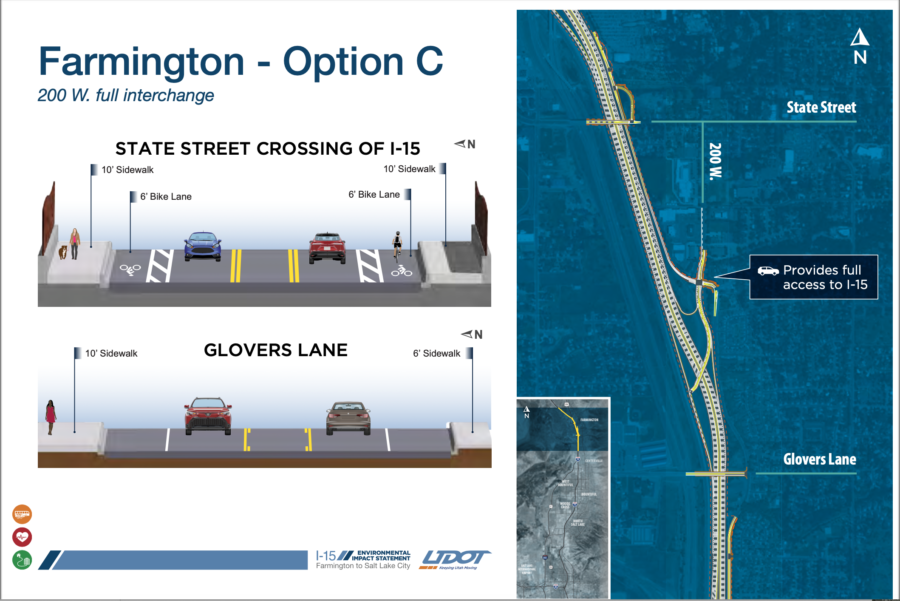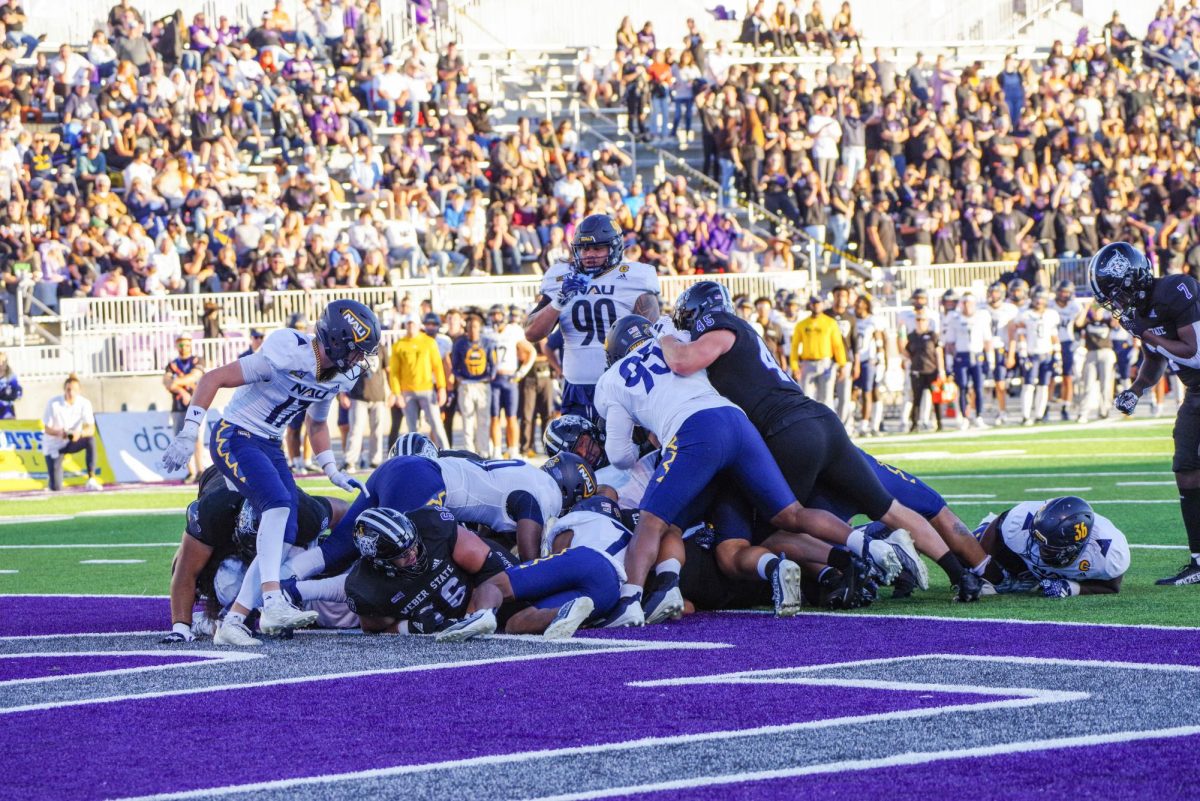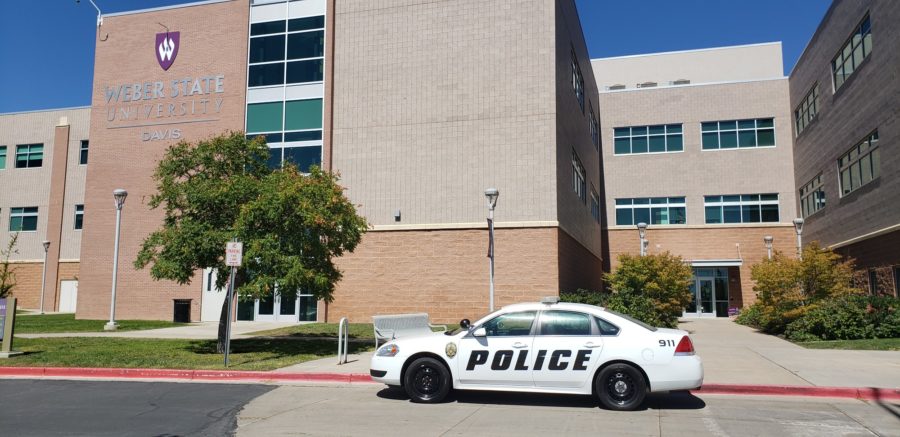
Students will be able to tour a medical helicopter at Weber State University on June 19, courtesy of the University of Utah’s AirMed program, as part of the critical care transport course taught by Weber’s Department of Emergency Care and Rescue.
A culmination of the rigorous, seven-week and six-credit-hour course for experienced paramedics and registered nurses, the helicopter tour will be available to all students and faculty. Those interested will meet in room 417 of the Marriott Building at 9 a.m.
From June 16-20, students enrolled in the course will be coming to campus to get hands-on training, said Jeff Grunow, associate professor and chair of the of emergency care and rescue department. They’ll see new medical technology on campus, work with cadavers in the Science building and even run a fully-simulated transfer of a patient from one hospital to another via ambulance.

While the helicopter visit is specifically for students of the course, Grunow invites everyone on campus to participate if they’re interested.
“This is open to, literally, everyone,” said Grunow.
The course focuses on training the students how to safely transfer patients in critical condition from one facility to another.
“Many of the people that have taken this course end up going on to be flight paramedics or flight nurses, so this is the building block to a flight position,” said Grunow.
Though helicopters have visited the campus in the past, this is the first time a helicopter has come to WSU for this course, according to Bill Robertson, assistant professor for emergency care and rescue. Robertson acts as course coordinator and primary instructor for the class.
“It just so happened that one of the public relations gentleman from AirMed contacted us,” said Robertson.

AirMed often does site visits with the helicopter where they will present on on how to prepare landing zones for the craft. Robertson said they wanted to do just that at Weber, so he asked AirMed if they minded doing a presentation his group for flight physiology.
Students will learn about pressure changes that occur when the helicopter changes altitude and how these changes can affect the medical equipment while transporting patients.
“This is kind of a unique area, because we’re already at such a high elevation, so it’s nice to have somebody who works in this area come in and kind of talk to them about some of the issues they have to deal with in this area,” said Robertson.
The course has been around for several years and Robertson said this is the first year the format has changed from face-to-face to online, which he believes is helpful and beneficial to the students as they find fitting an eight week course in their professional schedule difficult.



















